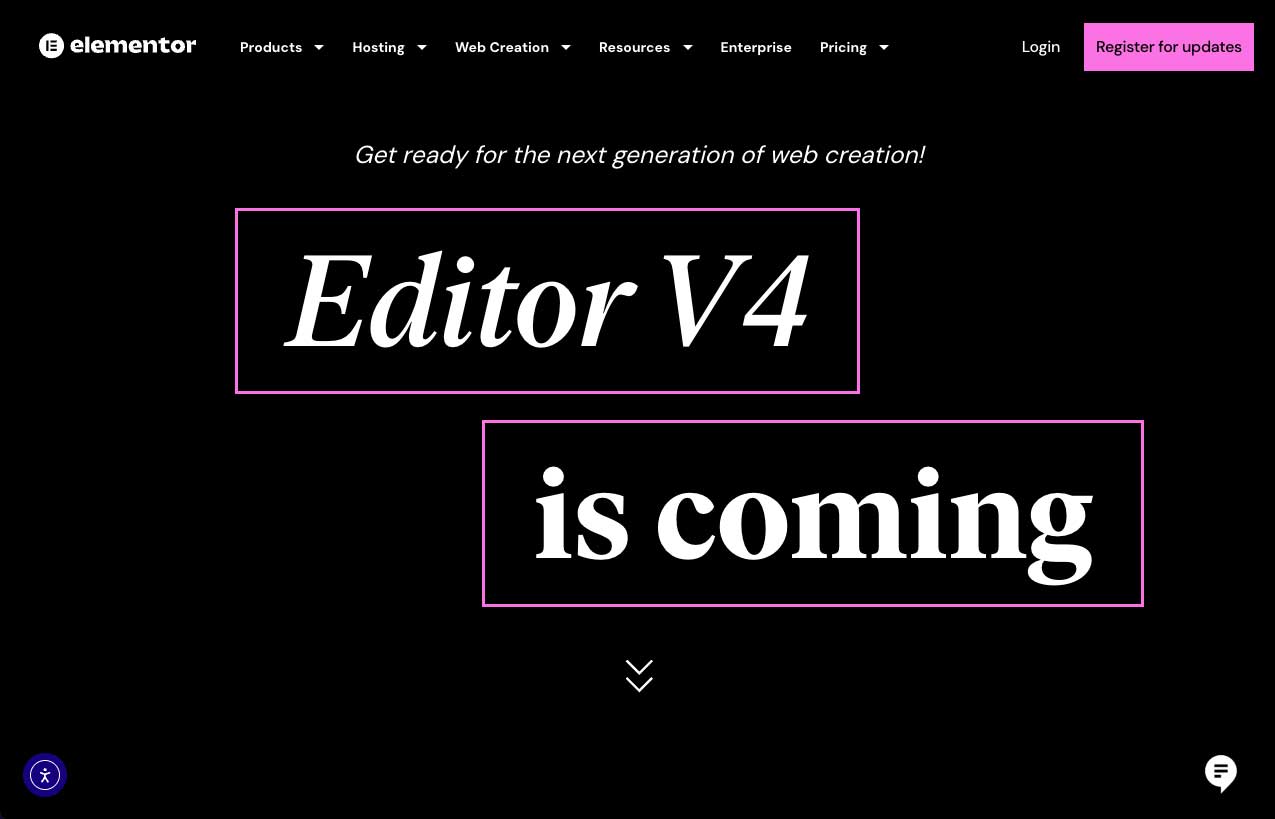Elementor has released the first alpha version of its new Editor V4, marking the next step in its shift toward a CSS-first approach and the company’s most significant code refactor in eight years.
Launched on April 28 as part of the v3.29 beta release, the alpha introduces foundational elements of the new Editor V4, including a modular class system, new styling controls, and simplified markup aimed at improving performance and streamlining workflows for professional users.
“This is an entirely new refactor offering unparalleled performance, variables, CSS Classes, a unified style tab, enhanced canvas capabilities, and more,” Elementor Head of WordPress Relations Miriam Schwab wrote on LinkedIn.
Gabriella Laster, Director of Product Marketing at Elementor, said the overhaul will allow the team to deliver new features faster — something that had become increasingly difficult in recent years. “We want to improve performance tremendously… and introduce many capabilities we’ve wanted to do for a while but couldn’t with the current version,” she said in an interview on the WP Builds podcast.
Laster emphasized that Editor V4 will not replace V3 overnight. Instead, users will be able to mix and match V3 and V4 components on the same page. “You’re not obligated to update your website entirely to V4,” she explained. “If you want to add a new section, you can use V4, and it will coexist with V3.”
The shift to a CSS-first system underpins many of the new capabilities. “V4 isn’t just a code rewrite,” said Laster. “It’s a philosophy shift that broadens what users can do — faster, cleaner, and with more control.”
Web Squadron’s Imran Saddiq reviewed the alpha on his popular YouTube channel, calling the release “a big deal if you’re a user of Elementor.” He walked viewers through the new two-tab UI (General and Style), seven redesigned widgets, and the debut of the class manager, which allows users to assign reusable styles across elements.
While praising the changes, Saddiq flagged key limitations in the alpha, including the lack of IDs, custom attributes, font clamp support, and global color functionality, and reminded users not to use it on production sites. “This is for playing with,” he said. “To start to understand what’s coming.”
YouTuber Adam Preiser of WPCrafter described the rollout as a “full circle moment” for Elementor, bringing a class-based workflow long used in other builders into the platform for the first time. “It’s not something new, but it’s new to Elementor,” he said in his review, adding that while the changes may introduce friction for longtime users, they’ll ultimately lead to better, more maintainable websites.
Preiser highlighted the benefits of reusable styles and multiple class assignments, but noted the learning curve and the need for best practices around naming conventions and class management. “You’re going to level up your skills… it’s a better way of doing things,” he said.
During Elementor’s Q2 Roadmap Event last week, the company confirmed that Editor V4 will continue rolling out in phases, with additional widgets and capabilities added over time. The company reiterated its focus on performance and developer flexibility, and introduced new features including CSS variables, canvas enhancements, and upcoming improvements to theme building.
Elementor first announced the CSS-based refactor at its January web.fwrd 2025 event, outlining a phased rollout across the year. A full release of Editor V4 is expected in Q3.
Developer documentation and outreach to third-party plugin creators are underway. Elementor has confirmed pricing will remain unchanged. Beta testers can access Editor V4 now, with more updates expected in the coming months.








Leave a Reply